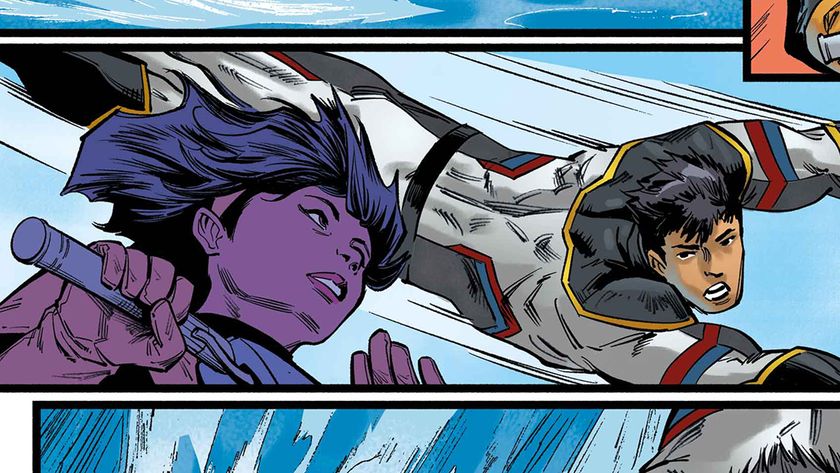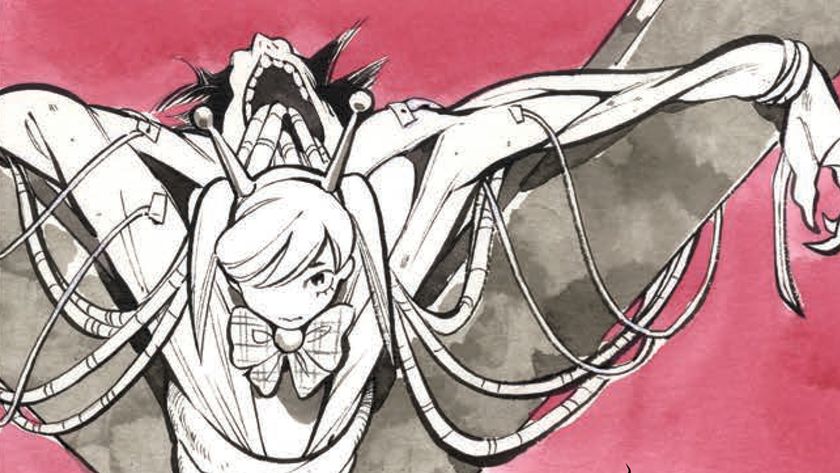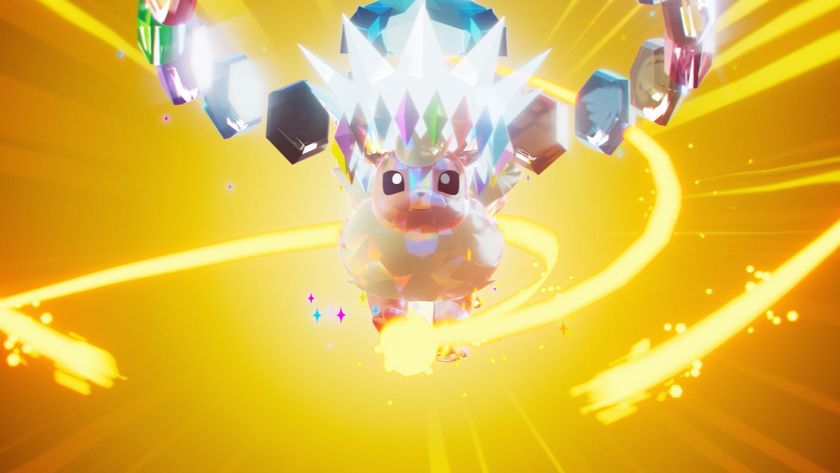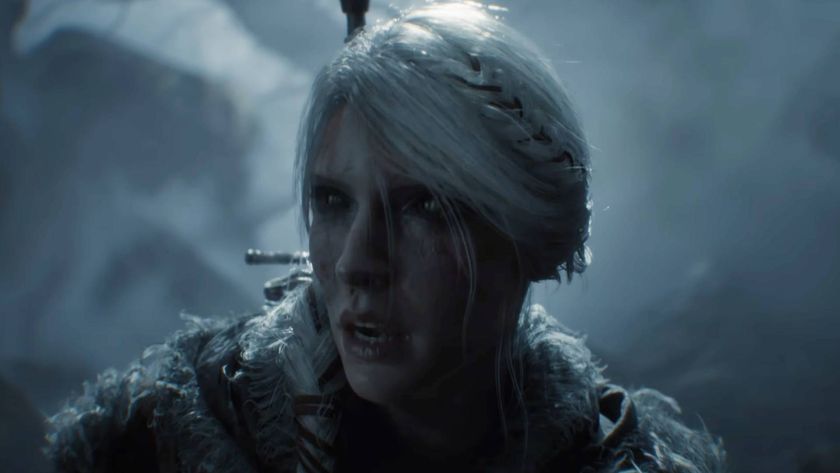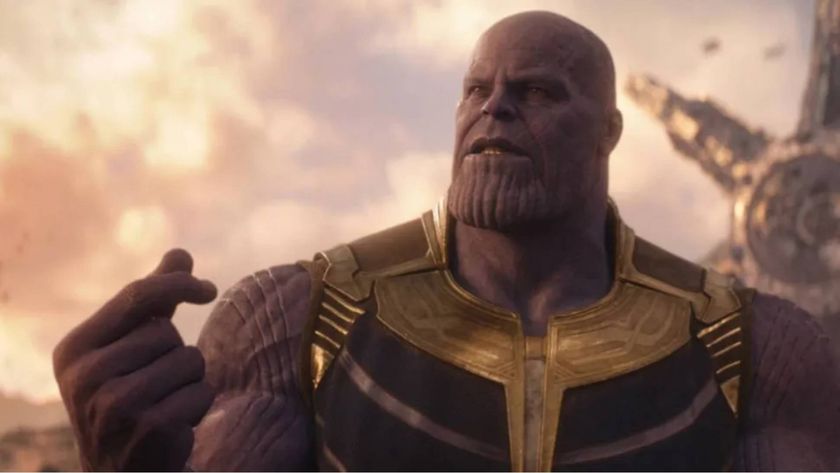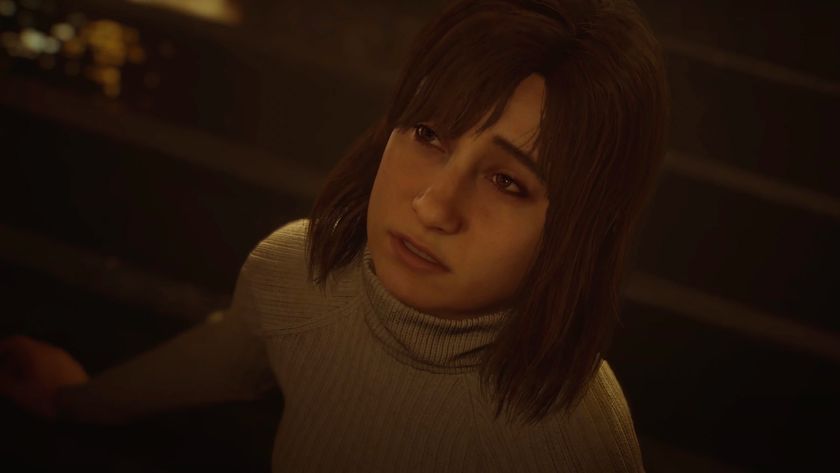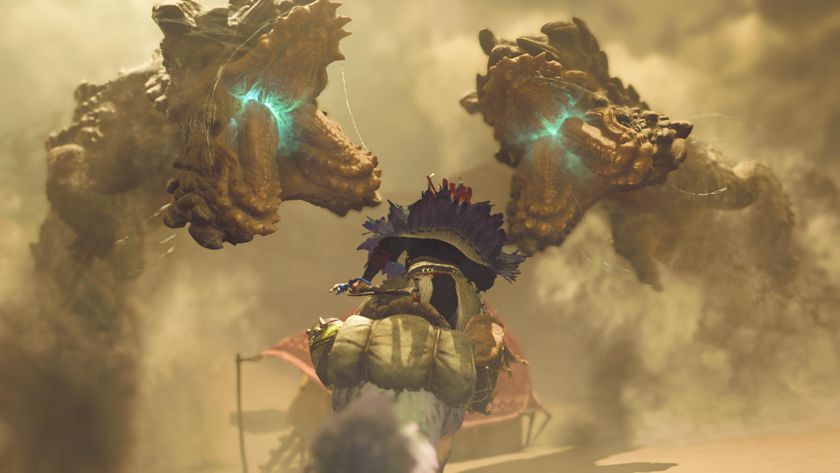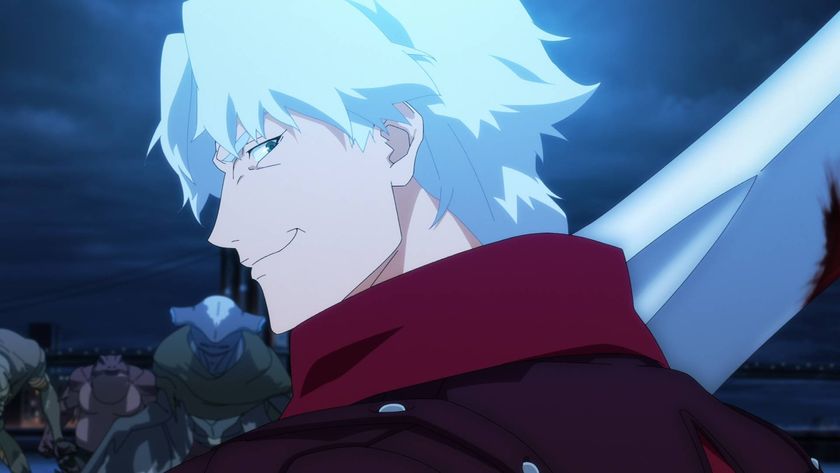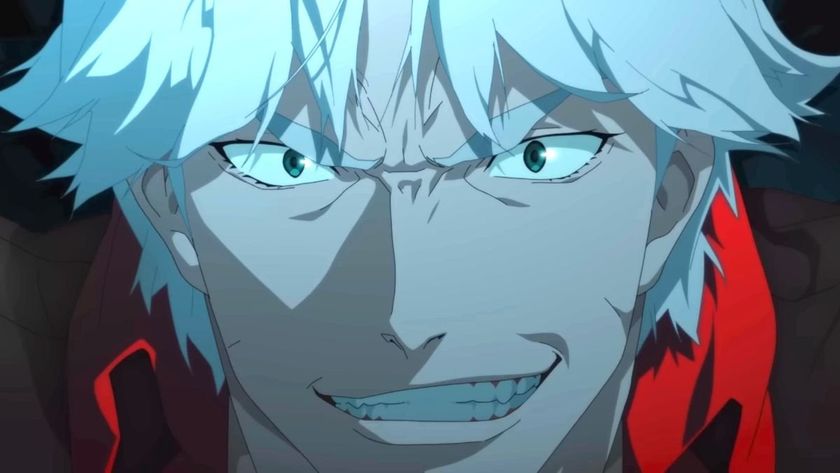Kang the Conqueror #1 shows a diabolical version of Disney Plus' Loki, complete with Kang variants
Kang the Conqueror #1 presents the perfect comic book opportunity for MCU fans to learn the next big villain's history - with a twist
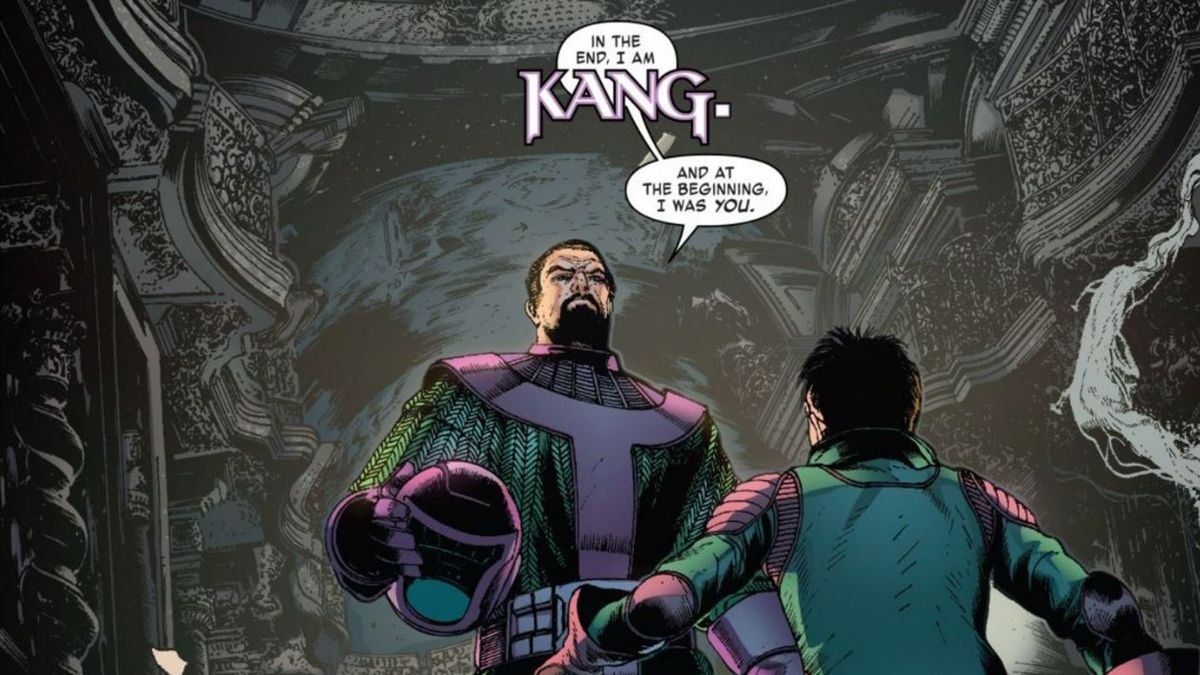
Kang the Conqueror is looking like big business for Marvel Studios as the Marvel Cinematic Universe's next big villain, and Marvel Comics is getting in on the action with a new telling (or, in a way, re-telling) of his origin story.
August 18's Kang the Conqueror #1 from writers Colin Kelly and Jackson Lanzing with artists Carlos Magno and Espen Grundtejern sets the stage for an in-depth look at the rise of Kang, the likes of which has never been put to the page since his first appearance in his core identity in 1964's Avengers #8.
As the next major MCU villain, Kang the Conqueror had his first on-screen cameo in the recently wrapped Loki streaming show ahead of his leading role in February 17, 2023's Ant-Man and the Wasp: Quantumania, with actor Jonathan Majors appearing in the show's finale first as one of Kang's many 'variants' (in this case an MCU mash-up of He Who Remains and Immortus) and then lending his likeness to a statue of Kang himself.
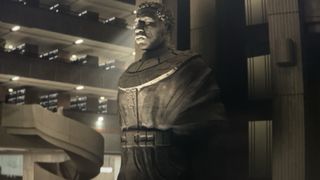
True to form, the telling of Kang's origin story starts with a new Kang variant - another of the many varied versions of himself from around the Marvel Comics Multiverse (in fact, Kang technically first appeared as his own variant Rama-Tut in 1963's Fantastic Four #19).
But the introduction of the new variant also brings a time-tossed twist to Kang's origin story, which gives some new insight into who the classic Marvel villain is, how he came to be the conqueror of many worlds and timelines, and why he fights the Avengers so often in the first place.
In that regard, Kang the Conqueror #1 offers a perfect jumping-on point for MCU viewers who want to get to know Kang, his variants, and how his complicated narrative fits into the Marvel Universe. We'll get into it all right now.
Spoilers ahead for Kang the Conqueror #1
Kang the Conqueror #1 reveals Marvel Comics' five-issue limited series not just as a full retelling of Kang's origin story, but as a kind of actual re-writing of his own history in the form of an adult Kang mentoring himself as a young man.
Comic deals, prizes and latest news
Get the best comic news, insights, opinions, analysis and more!
Kicking off in the 31st century, Kang the Conqueror #1 focuses on the despot in his early days when he still went by his birth name, Nathaniel Richards. A descendant of both Reed Richards and his arch-enemy Doctor Doom, the ambitious Nathaniel Richards bristles against the utopian society in which he lives, calling it a "cage."
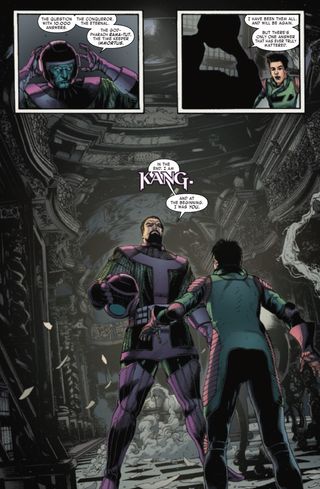
Nathaniel Richards seeks out the library of Doom in order to uncover the science to travel through the Multiverse and even though time itself - though he finds much more than he bargains for when his own elder self, the version of Kang that has presumably been fighting the Avengers since the '60s, appears.
Kang offers his younger self the power and guidance he needs to become the conqueror he dreams of being, taking Nathaniel on a trip back to the time just days before the extinction event that wiped out the dinosaurs.
The elder Kang schools his younger self in combat, hunting, strategy, and other skills, while also showing him a whirlwind history of his greatest failures - including the loss of his love, Ravonna. The younger Kang learns that his older self's tutelage will come at a price, as the elder Kang demands his younger self become as callous and heartless as he is, going so far as to teach him a brutal, violent lesson about the cost of loving someone other than himself.
Distraught at what he learns he'll become - a sad, defeated, bitter old man - the younger Kang waits until his older self passes out in a drinking binge while mourning his relationship with Ravonna, stealing the elder Kang's armor and time-travel tech and leaving him stranded in the midst of the oncoming extinction event - apparently effectively ending the classic, elder Kang's timeline.
The younger Kang manages to jump forward in time before the time travel tech he's using burns out, landing amidst the era of Rama-Tut, Kang's earliest variant - a time-tossed Egyptian pharaoh who fought the Fantastic Four. And that's where Kang the Conqueror #1 ends, with a fresh-faced young Kang apparently starting on a tour of his own past/future, like a diabolical Marty McFly.
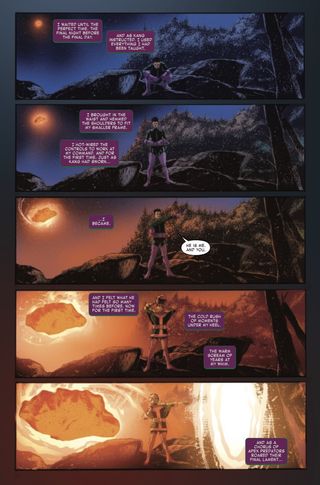
The idea of Kang dying and being reborn or replaced by another version of himself is hardly new. He's classically been at odds with his other main variant Immortus, an even older version of himself who opposes Kang the Conqueror's disruptions of the timestream.
And a version of Kang's younger self has appeared before, as Iron Lad of the Young Avengers. That version of Nathaniel Richards travels back in time as a teen in a suit of advanced, Iron Man-inspired armor, helping found the Young Avengers in a bid to divert his own transformation into the villainous Kang.
But his redemption was cut short when the elder, villainous Kang (perhaps the same one who apparently dies in Kang the Conqueror #1) arrives to bring him back to his own time to fulfill his destiny as a villain - erasing his memories of the Young Avengers and the past in the process.
It's entirely possible that the younger Nathaniel Richards and elder Kang seen in Kang the Conqueror #1 are in fact the same pair who appeared in Iron Lad's saga in the original Young Avengers title. But it's also possible that what we're witnessing in this limited series is the birth of a newer, more vicious, more cunning Kang - a cycle that has perhaps occurred a thousand, thousand times across infinite worlds of the Multiverse.
If that sounds complex, it is a little bit - but for fans looking to unpack Kang the Conqueror's layered personality and storied history, Kang the Conqueror #1 is a good place to start.
The story continues in September 15's Kang the Conqueror #2.
Kang the Conqueror is one of the best Avengers villains of all time.
I've been Newsarama's resident Marvel Comics expert and general comic book historian since 2011. I've also been the on-site reporter at most major comic conventions such as Comic-Con International: San Diego, New York Comic Con, and C2E2. Outside of comic journalism, I am the artist of many weird pictures, and the guitarist of many heavy riffs. (They/Them)

